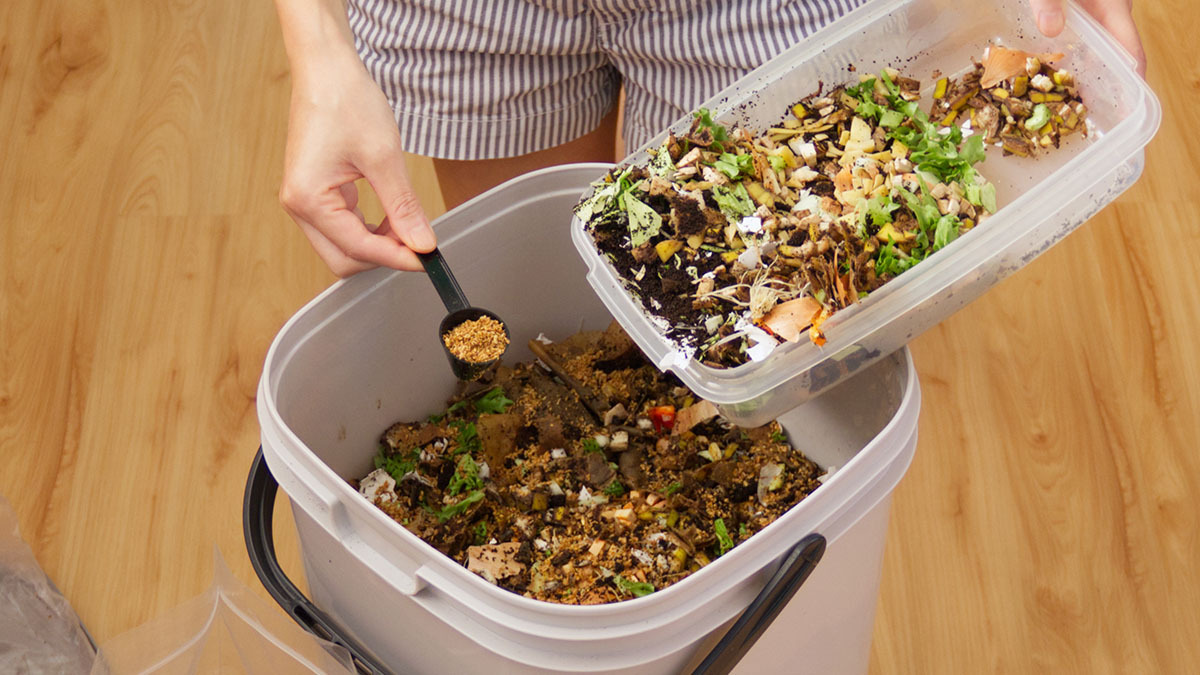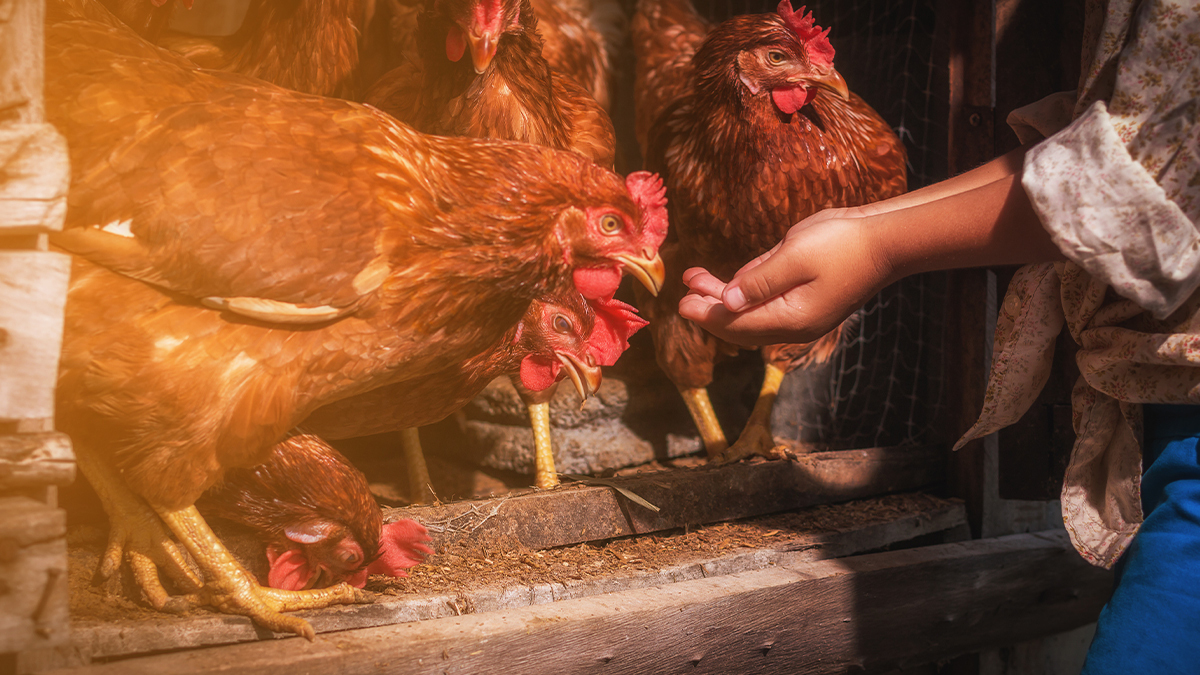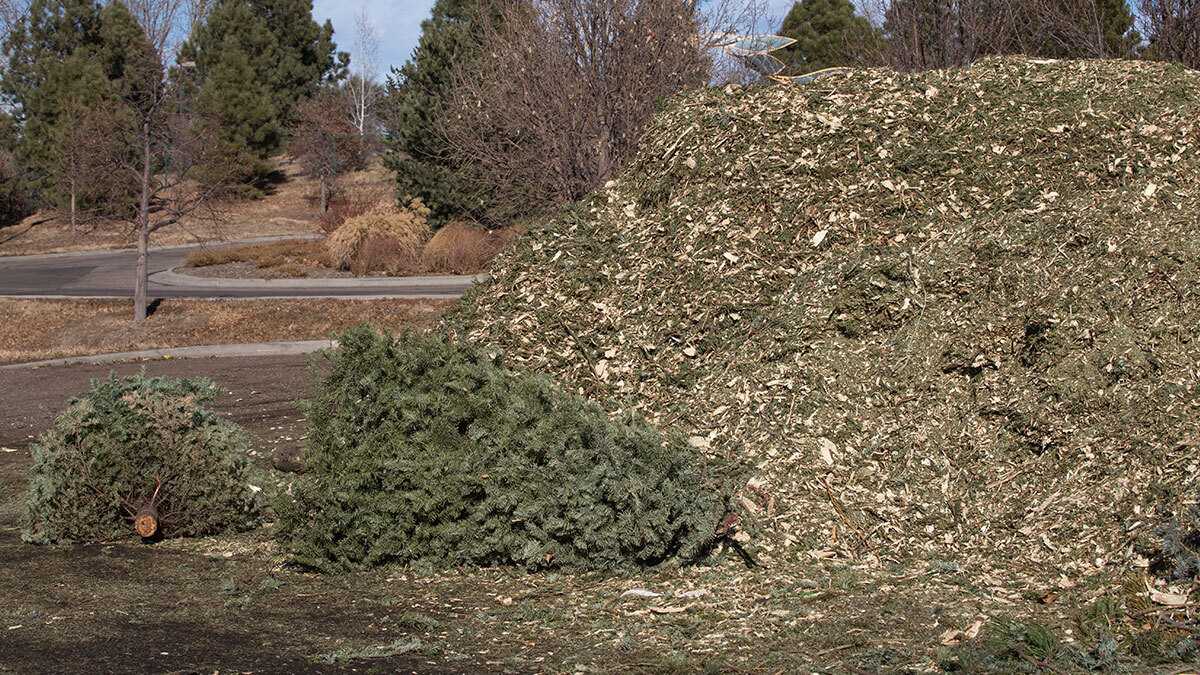on
Bokashi composting. Ever heard of it?
It’s a unique type of composting that is easy to do, highly beneficial, and ideal for small spaces. And it’s perfect for homesteaders.
Keep reading for an overview of bokashi composting and how it may benefit your homestead.
What Is Bokashi Composting?
The term bokashi is Japanese and means “fermented organic matter,” as well as “fading away.”
According to The Spruce, “Developed in the early 1980s by Dr. Teuro Higa, a professor at the University of Ryukyus, Okinawa, Japan, the method involves layering kitchen scraps (vegetables and fruits, as well as meat and dairy scraps) with a Bokashi inoculant in a special bucket. Usually, the inoculant consists of either wheat germ, wheat bran, or sawdust combined with molasses and effective microorganisms (EM).”
The bokashi bucket is essentially an airtight bucket with a tight lid and a spigot on the bottom that is used to release the drained-off liquid (sometimes called bokashi tea).
Unlike traditional composting, bokashi is more fermenting than composting.
However, this faster fermentation process means you can bury it sooner, which then results in decomposition.
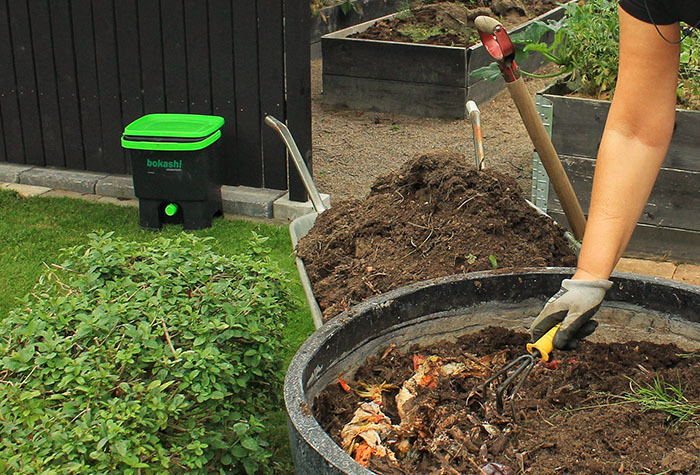
What Are the Benefits of Bokashi Composting?
There are several benefits of bokashi composting – even more than traditional composting.
- Faster – Bokashi composting takes significantly less time to break down than traditional composting (within 10 days compared to several months).
- Less odor – Since waste isn’t exposed to oxygen, it doesn’t smell like traditional composting.
- Works with more types of waste – Traditional composting typically doesn’t allow you to toss meat or dairy products in the compost bin, but you can toss meat, dairy, bones, and all types of edible leftovers into the bokashi bucket.
- No pests – The airtight bokashi bucket means there is no risk of pests.
- Smaller footprint – With bokashi composting, you only keep the small bucket inside and then bury the remains outdoors. It does not require a compost pile.
- Nutrient Value – According to The Spruce, “The nutrient value of the [bokashi compost] material is among the highest of any method of composting.”
How Do You Use Bokashi Tea?
It’s not just the bokashi compost that is beneficial. The liquid that drains from the bokashi compost is also useful.
The Arizona Department of Environmental Quality explains, “The fermenting process also creates a leachate of beneficial bacteria that can be poured down the drain to prevent blockages, used to prevent algae, or diluted to use as fertilizer.”
Keep a container or pitcher near your bokashi bucket for the purpose of collecting this beneficial tea.
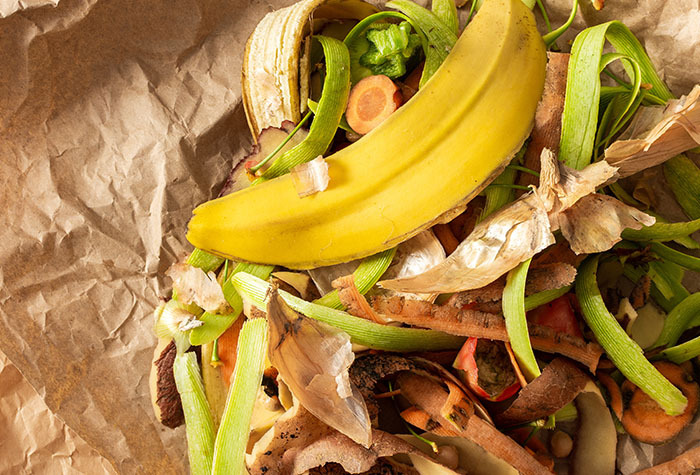
Bokashi Composting Steps
Bokashi composting is a remarkably simple process. Anyone can do it!
Here are the steps involved (adapted from MasterClass).
1. Obtain materials. Bokashi composting requires a bokashi bucket, which is an airtight bucket that has a drainage spout. You will also need bokashi bran. The bran is fermented organic material, such as wheat germ, wheat bran, or sawdust combined with molasses and microorganisms. The bran is critical because it contains the microbes necessary for breaking down waste.
2. Add scraps to the bucket. Add kitchen scraps to your bucket. It doesn’t matter if it’s fruit, vegetables, coffee grounds, egg shells, meat, or cheese. Unlike other types of composting, bokashi composting accepts all organic material. For instance, other organic materials like grass clippings, sawdust, or dead leaves can also be added.
3. Add bokashi bran and squish down. Every time you add kitchen waste to the bucket, sprinkle the waste with a layer of the bokashi bran and press them down firmly. Many people place a plate inside their bucket for this purpose. Pressing will help push the air out of the matter and create the best anaerobic environment. After adding the bran and pressing it down, replace the lid. Make sure you store the bucket outside of direct sunlight.
4. Continue adding food scraps until the bucket is full. Repeat the process. Every time you add food scraps, continue layering with more bokashi bran, and press the pile down.
5. Drain liquid off. The fermentation process produces excess liquid (aka bokashi tea) that can hamper the beneficial bacteria. Every other day, use the spigot to drain off excess liquid. Collect the bokashi tea – when diluted, it works as fertilizer for houseplants.
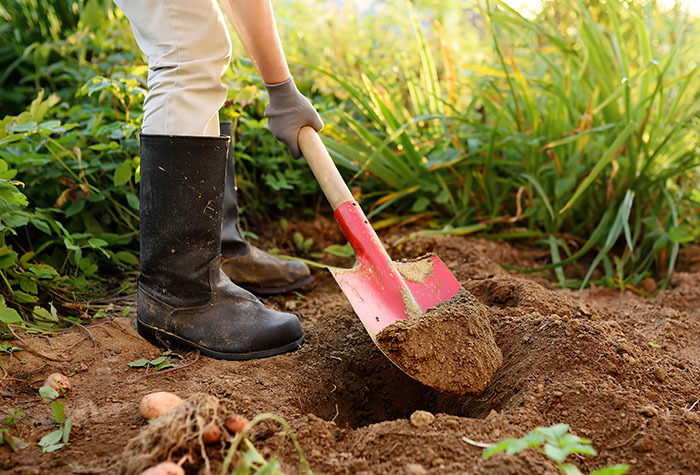
6. After two weeks, bury it in a fallow spot in your garden. After two weeks, the matter should be properly fermented—it should feel soft and smell slightly sour. In this state, it is still too acidic for plant roots; it needs a little extra time to go through the true composting process. Don’t just toss it in your garden. You must bury the fermented food waste in a bare spot of your garden to allow it to decompose or add it to your composting bins or worm bin.
7. Add to your garden soil. Within two weeks of beginning to compost, your fermented bokashi compost should be ready to feed plants. If you buried it in your garden, simply plant over the top of it. If you added it to your compost pile, mix it in to your garden bed.
Note – In addition to DIY bokashi composting, you can also buy bokashi composting kits or just bokashi bran. This makes it even easier and quicker.
[Related Read: Composting Made Easy: Tips for the Homestead]
Who Should Consider Bokashi Composting?
Bokashi composting is good for any gardener.
Bokashi composting is great for creating healthy soil, which is key to a successful harvest.
In particular, it is a great choice for those in small homes or apartments.
Additionally, it is a healthy choice for those who are environmentally conscious.
Get access to premium content and more!



